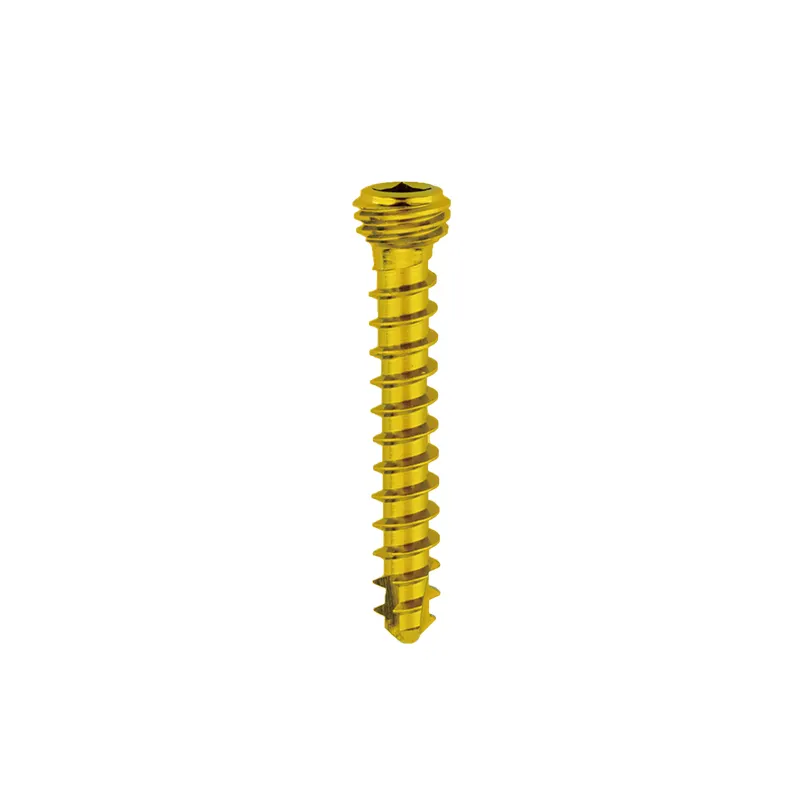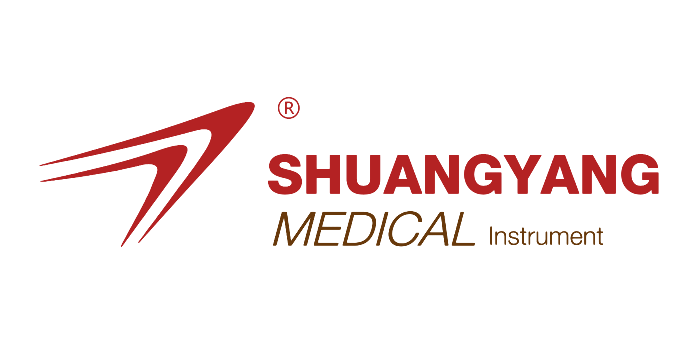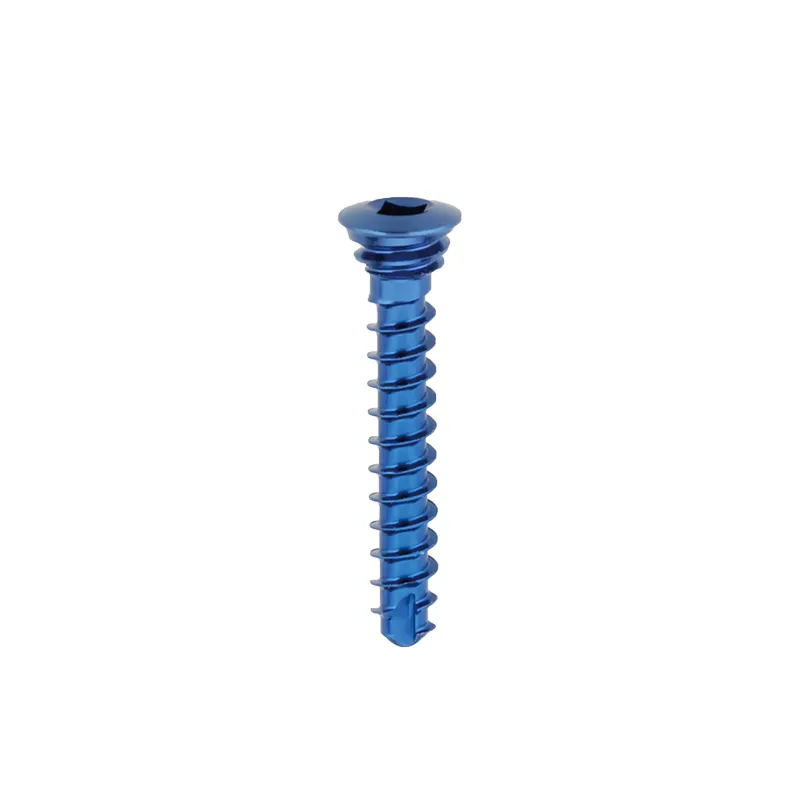Stabilizing Bone Healing Through Precision Implants
Bone fractures can range from minor hairline cracks to severe, complex breaks that require surgical intervention. In modern orthopedic surgery, one of the most effective tools for treating such injuries is the bone screw. Designed to provide stability, compression, and alignment, the bone screw plays a crucial role in promoting efficient and successful bone healing. Whether used alone or in combination with plates or rods, the bone screw ensures that the fractured segments remain properly positioned during the healing process. The effectiveness of a bone screw lies in its engineering, the quality of its materials, and its strategic placement during surgery.
Biomechanical Support and Fracture Stabilization
Structural Integrity During Recovery
A bone screw contributes to structural integrity by firmly holding broken bone segments together. This stability is essential because even minor movements between fractured parts can delay or prevent healing. Bone screws serve to lock these parts in place, creating a rigid environment where the natural biological processes of bone regeneration can take place without interruption. By eliminating micromotions at the fracture site, bone screws allow for uninterrupted callus formation and subsequent bone remodeling.
Load Distribution and Mechanical Balance
One of the critical features of a bone screw is its ability to redistribute mechanical loads across the fracture site. Rather than allowing weight-bearing stress to concentrate on the injured bone, the bone screw helps share the burden, reducing the risk of re-injury or displacement. This distribution ensures the patient can sometimes begin partial mobility sooner, which in turn reduces risks like muscle atrophy or joint stiffness. Especially in weight-bearing bones like the femur or tibia, bone screws offer invaluable support during the early healing phase.
Types and Materials of Bone Screws
Variety of Designs for Different Applications
Bone screws come in several designs tailored for specific surgical requirements. Cortical screws, used in dense bone areas like the diaphysis, feature fine threads along the shaft for better grip. Cancellous screws, typically used in softer spongy bone, have coarser threads that enhance holding strength. Cannulated screws allow the surgeon to insert the screw over a guide wire, increasing placement precision. Locking screws have threaded heads that lock into plates, offering enhanced stability in osteoporotic bone or multi-fragment fractures.
High-Performance Materials and Biocompatibility
The materials used in manufacturing bone screws are selected based on their strength, corrosion resistance, and biocompatibility. Titanium and stainless steel are the most commonly used metals. Titanium offers superior corrosion resistance and is less likely to trigger allergic reactions. Stainless steel is also highly durable and cost-effective. For some applications, bioabsorbable materials are used, allowing the bone screw to dissolve over time as the bone regains strength, thus eliminating the need for removal surgery.

Surgical Techniques and Placement Strategies
Precision in Insertion Methods
Proper placement of a bone screw is critical to its performance. Orthopedic surgeons use imaging tools such as fluoroscopy or intraoperative X-rays to guide screw placement accurately. A poorly positioned screw can compromise stability or interfere with nearby joints or nerves. Modern techniques emphasize minimally invasive approaches where possible, reducing trauma and promoting faster recovery. Surgeons meticulously calculate the angle and depth of screw insertion based on the fracture pattern and bone density.
Integration with Fixation Systems
Bone screws rarely work in isolation. They are often part of a broader fixation system that includes plates, rods, or external frames. In these systems, the bone screw acts as a critical connecting component, anchoring hardware firmly to the bone. Locking plate systems, in particular, rely heavily on bone screws to deliver angular stability. The synergy between bone screws and these devices allows for versatile treatment strategies across a wide variety of fracture types and anatomical locations.
Biological Role in Bone Healing
Encouragement of Bone Regeneration
The mechanical stability offered by a bone screw creates an ideal environment for osteogenesis, the process by which new bone tissue forms. Once the bone fragments are securely held in place, the body's healing mechanism is activated. Mesenchymal stem cells migrate to the injury site, differentiate into osteoblasts, and begin laying down new bone. A stable framework provided by bone screws ensures that this biological activity proceeds without setbacks caused by movement or stress at the fracture line.
Controlled Compression and Healing Optimization
Bone screws are often used to apply compression across the fracture site, especially in transverse fractures. This compression promotes closer contact between bone fragments, enhancing healing speed and quality. Dynamic compression screws are specifically engineered to exert pressure during installation, pulling the bone segments together. This controlled environment accelerates the healing timeline and can reduce the risk of delayed union or nonunion.
Post-Surgical Outcomes and Patient Recovery
Reduced Risk of Complications
The use of bone screws has significantly lowered the incidence of complications such as malunion, where bones heal in a misaligned position, or nonunion, where healing fails entirely. When used appropriately, bone screws enable more predictable healing patterns and fewer instances of corrective surgeries. Their precision and effectiveness translate to a smoother postoperative journey for patients.
Early Mobilization and Rehabilitation
Because bone screws provide robust internal support, many patients can begin rehabilitation activities earlier than with traditional immobilization methods like casts. Early mobilization reduces the risk of joint stiffness, muscle atrophy, and thrombosis. It also enhances patient morale and engagement in the recovery process. Physical therapy protocols are often designed around the stability provided by bone screws, ensuring safe and progressive functional recovery.
Innovations and Future Directions
Smart Screws and Sensor Integration
As technology advances, bone screws are being developed with embedded sensors to monitor load, temperature, and healing progress. These smart screws could revolutionize post-operative care by offering real-time feedback, enabling personalized recovery plans. By tracking healing metrics inside the body, orthopedic teams can intervene early if complications arise, ultimately improving outcomes.
Customization Through 3D Printing
The adoption of 3D printing technology has allowed for the creation of custom-designed bone screws tailored to individual patient anatomy. Personalized implants provide better fit, increased comfort, and higher success rates. These innovations are especially beneficial in complex cases involving unique bone structures or deformities. The precision of additive manufacturing ensures that bone screws align perfectly with the surgical plan.
Cost and Accessibility Considerations
Balancing Performance and Affordability
While titanium bone screws offer excellent performance, they come at a higher cost compared to stainless steel versions. Healthcare providers must weigh the benefits of premium materials against budget constraints. In some cases, affordable options are more than adequate, particularly for temporary fixation. A cost-benefit analysis helps surgeons make informed decisions that optimize both patient outcomes and resource management.
Expanding Access in Global Healthcare
Efforts are underway to increase access to high-quality bone screws in underserved regions. Simplified designs, modular components, and local manufacturing initiatives aim to make this vital technology more affordable and widely available. Expanding access ensures that patients worldwide can benefit from the clinical advantages that bone screws provide in fracture care.
Ethical and Safety Considerations
Regulatory Approval and Quality Assurance
Bone screws are classified as medical devices and must undergo stringent regulatory scrutiny. Agencies like the FDA or CE require extensive testing to ensure safety and efficacy. Quality assurance protocols include mechanical testing, biocompatibility assessments, and sterilization validation. These steps are essential to guarantee that bone screws meet the high standards required for medical use.
Informed Consent and Patient Communication
Surgeons must explain the use of bone screws to patients as part of the informed consent process. This includes discussing potential risks, expected benefits, and alternative treatments. Clear communication helps manage patient expectations and builds trust. It also allows patients to make empowered decisions about their care.
FAQ
What is a bone screw and how does it work?
A bone screw is a medical device used in orthopedic surgery to stabilize fractured bones. It holds bone fragments in place to promote proper healing.
Are bone screws permanent or removable?
Some bone screws are intended to remain in the body permanently, while others may be removed after the bone has fully healed, depending on the case and material used.
Do bone screws cause pain after surgery?
Some discomfort is normal initially, but most patients do not feel the bone screws once healing progresses. Pain is typically managed with medications and physical therapy.
Can bone screws be used in all types of fractures?
Bone screws are versatile but not suitable for every fracture. The type, location, and severity of the fracture determine whether bone screws are appropriate.
Table of Contents
- Stabilizing Bone Healing Through Precision Implants
- Biomechanical Support and Fracture Stabilization
- Types and Materials of Bone Screws
- Surgical Techniques and Placement Strategies
- Biological Role in Bone Healing
- Post-Surgical Outcomes and Patient Recovery
- Innovations and Future Directions
- Cost and Accessibility Considerations
- Ethical and Safety Considerations
- FAQ
 EN
EN
 FR
FR
 ES
ES
 AR
AR

